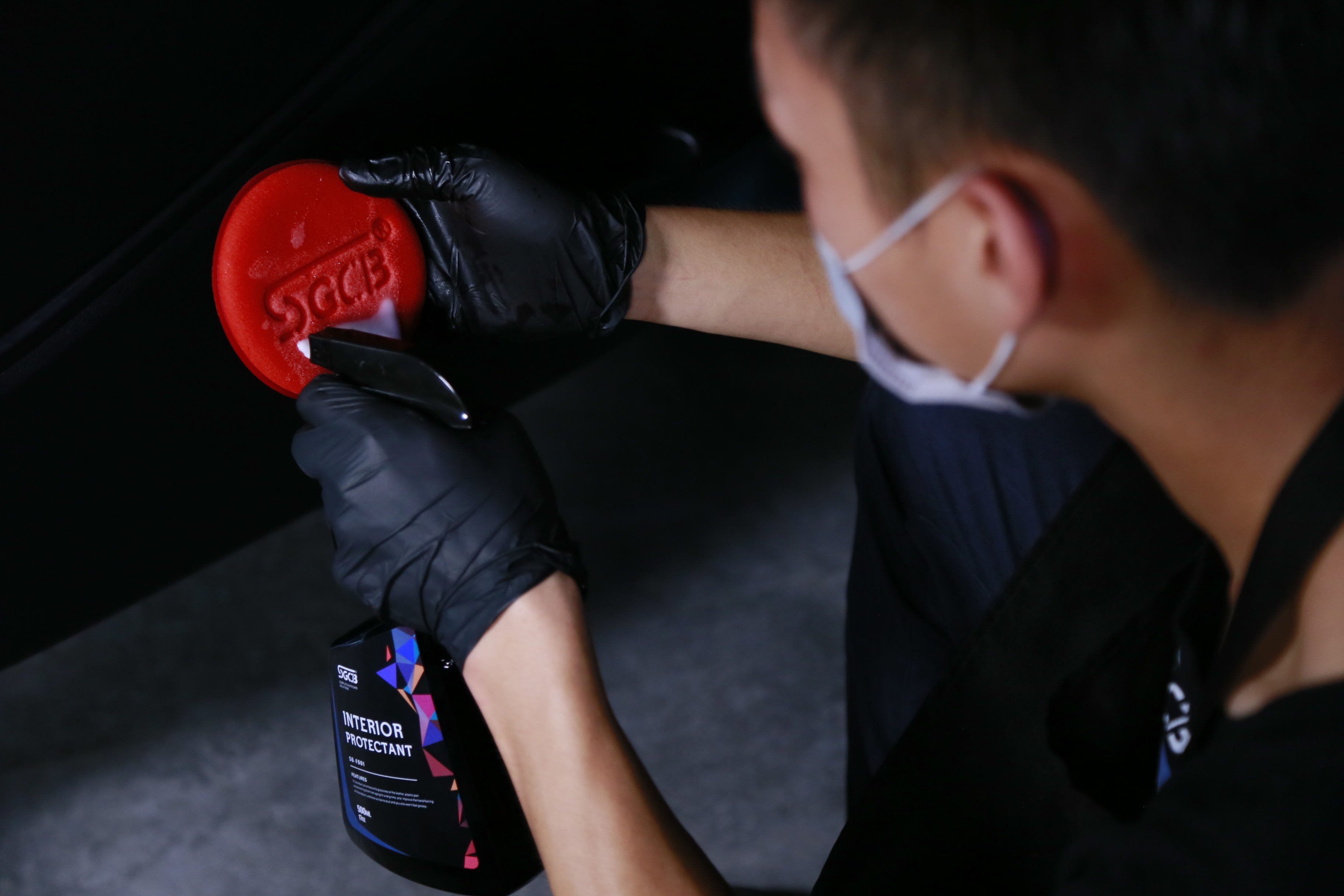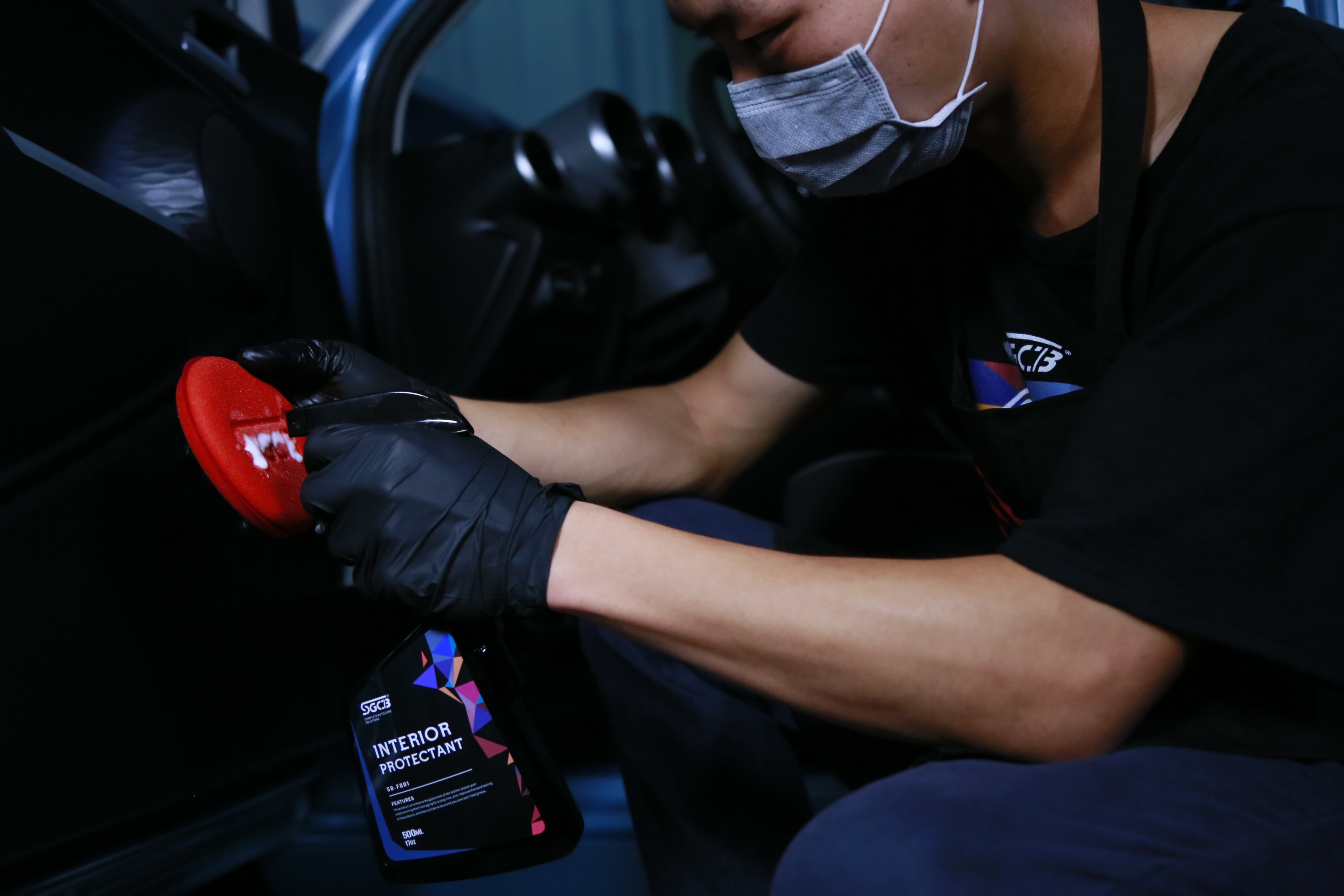The technique and key points of tone reproduction (1)
For color image reproduction, whether it is a gravure printing process or a typographical process, the first step is to achieve the best reproduction of the tone, handle the contrast of the image, brightness and darkness, and try to adjust the tone of the original and the reproduction of the print. The ranges are matched and the body part achieves optimal visual brightness. Table I On the other hand, gradation compression is also related to the density contrast of the original document, and the thickness of the original. The original document with a standard density contrast is easy to copy: it is difficult to adjust and adjust the gradation of the brighter, thinner, darker, and thicker originals. The difficulty lies in the extent to which it is better to adjust. The general rule is: (2) Adjustment of dark and thick manuscripts The adjustments to darken and darken manuscripts are generally divided into four grades. Fine-tuning is ±3%, normal ±5%, ±10%, and special ±15%.
Asfter Car Wash for Interior, then ready to protect plastic and trim. Here will choose interior protectant, work with spray bottle if it is4000Ml package and wax applicator.
If you wanna know more about chemicals, pls mail us.
First, the definition of tone reproduction
1. The definition of tonality: Tone, also known as tone or hierarchy, defines the hierarchy as the density level from the brightest to the darkest part of the image, and the brightest to the darkest part of the original or duplicated image. The level of evolution refers to visually discernable differences in images.
Specifically, based on the manuscript, the more levels that can be reproduced and discernible within the reproducible tone value or luminance range, the better the level of the manuscript on the presentation manuscript.
2. The definition of tone copying: This refers to the relationship between the density of the original document and the value of the duplicate halftone dot. Specifically speaking, tone copying refers to the entire process of transforming the manuscript into a halftone halftone tone (the decomposition of colors - the transmission of dots - the synthesis of colors). That is to say, the continuous density level of the original document is synthesized by the color of electricity and desktop scanning, and corresponds to the print density level. If the one-to-one correspondence or the main part corresponds, then the tone level is better, otherwise the tone level will be Merge or lose some level.
Second, the importance of tone reproduction
The tone reproduction is the soul of the copying project. The tone reproduction is the premise of image layer copying and color copying. The longer the tone on the printed matter, the more the level reproduction, and the level determines the color change and texture of the image. How many. Therefore, only if the range of the gradation is set correctly and reasonably, all the information required for the image can be reproduced, and the integrity of the overall frame of the gradation of the image can be guaranteed, otherwise the image information will be lost.
1. From the tone of technical reproduction:
The longer the tone point tone setting of the color separation film is, the richer the level of the printed matter, the better the sharpness, and the more the color change. If the paper, ink and other printability conditions are stable and the process is relatively standardized, the tone value of the printed matter should be a fixed value. The longest dot pitch for the offset printing process is 1 to 99%, and the limit is 0 to 100%, while the reproducible range is currently 2.3% to 97-98%, usually 3 to 95%. The replication range is 5-6% to 90-93%). In this way, it is impossible to reproduce the high, medium, and dark tone levels of the original document due to the constraints of printability conditions such as paper and ink and the limitation of the overall density of the four-color printing ink. For example, the color reversal film has a shadow density area of ​​2.4-3.50 and a maximum density of 4.0. The maximum density of the tone range that can be reproduced by advanced coated paper prints is 1.80-1.90, general coated paper is about 1.60, offset paper is about 1.30, and new linked paper is about 0.90 (as shown in Fig. 1): Therefore, the original must be copied The range of gradation is compressed and adjusted, so that the ever-changing range of the original gradation is compressed and adjusted to fit within the gradation range that the print can reproduce (Figure 2):
In summary: tone compression is unavoidable, especially color reversal film. Even though the density of the reflection source is high, although it is close to the reproduction density range of the print, the effect is not ideal if it is a simple linear compression, because the human eye has a strong resolution of the bright portion and is insensitive to the dark portion. Therefore, when scanning color separations, the levels of highlights to midtones are generally maintained, compression is not performed, and the shadow portion is greatly compressed. Through compression, it will inevitably affect some levels. Therefore, when scanning color separations, emphasis should be placed on highlighting the main part of the original document and compressing the minor part. General rules, as shown in Table 1:
Primary tone distribution Copy focus Compression section
Bright tone Bright tone and middle tone
Middle notes Middle notes
Middle tone is bright Middle tone and bright tone Local dark tone
Middle tone darker Middle tone and dark tone
Dark tone Dark tone and dark tone Local tone
(1) Compression adjustment of bright and thin originals
The main tone distribution of these manuscripts is focused on bright tuning, and the focus of copying should be on bright and bright midtones. The light curve of the middle and middle tone should be used for deeper adjustment. As shown in Figure 3:
This is because the main gradation of the manuscript is concentrated in the darker middle tone and darker tone. The focus of the copy should be on the middle tone and the dark tone. The medium and dark tone level curves should be used for lightening and brightening. As shown in Figure 4:
2. From the artistic tone of the tone reproduction:
The adjustment of the black and white field tone settings and the adjustment of the level curve performed by the scanning separation is to determine the level of the part of the manuscript which is compressed, and what part of the hierarchy is highlighted so as to emphasize the most important part of the main part, and It can be concluded that it is best to emphasize and compress it to what extent. This requires the correct analysis of manuscripts by the operator and his artistic accomplishment and aesthetic ability. This is the art of copying technology.


interior car detailing supplies,interior car detailing supplies,car interior cleaning,Car Interior Protectant, interior cleaning,Car Interior Protectant
SGCB COMPANY LIMITED , https://www.sgcbautocare.com
